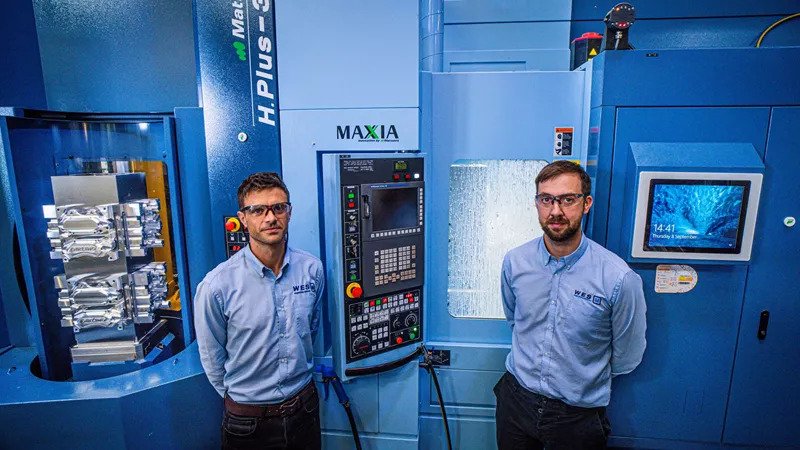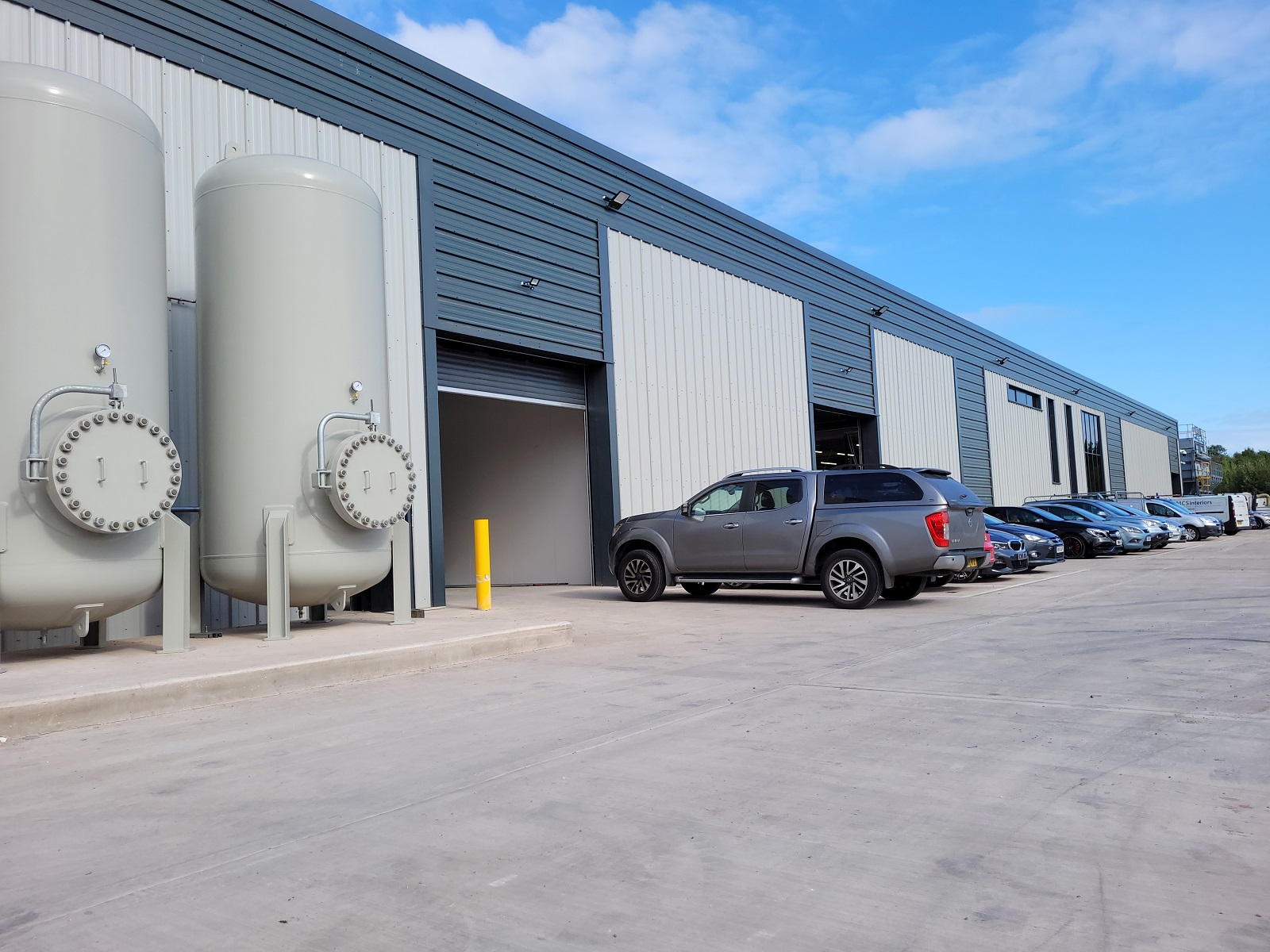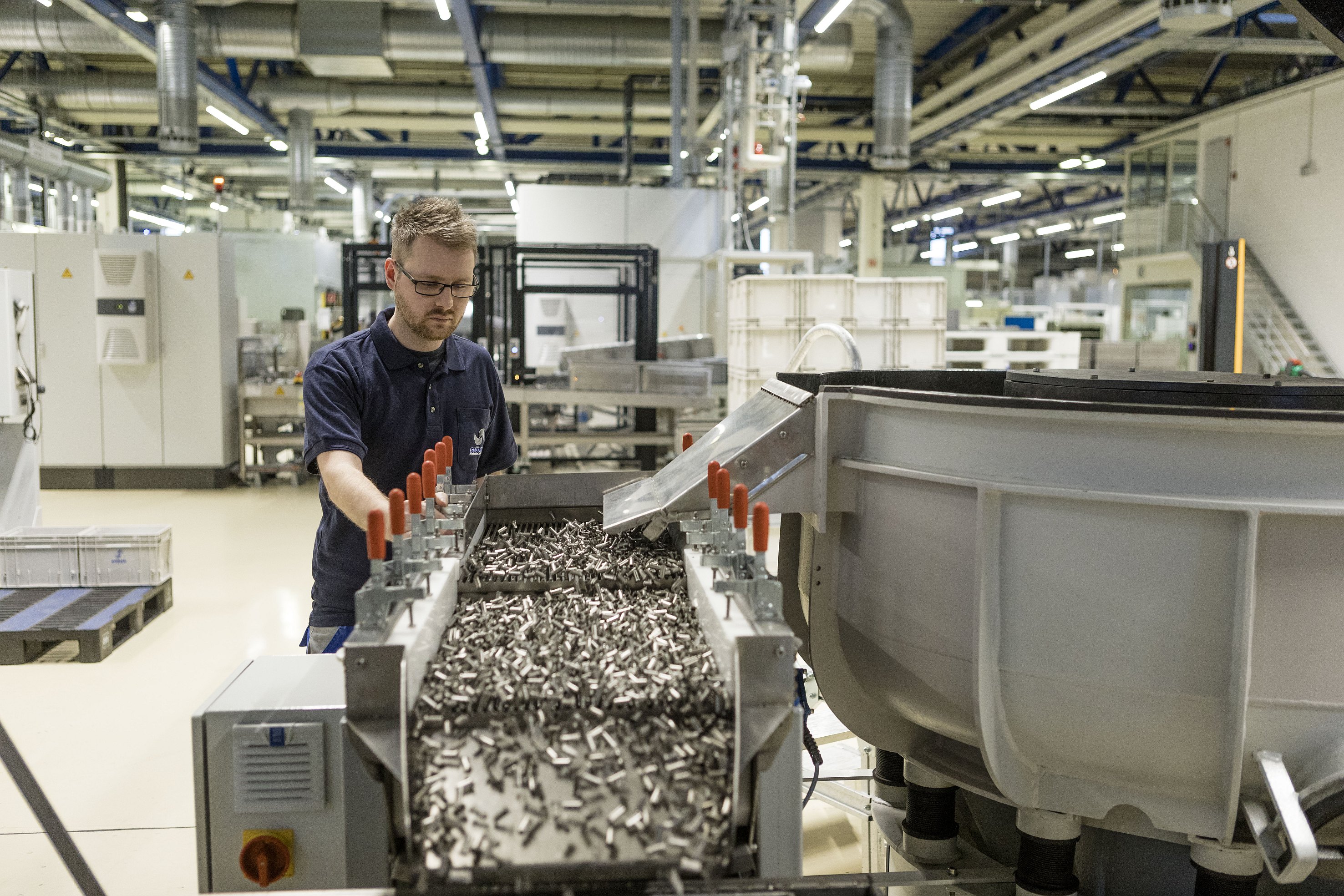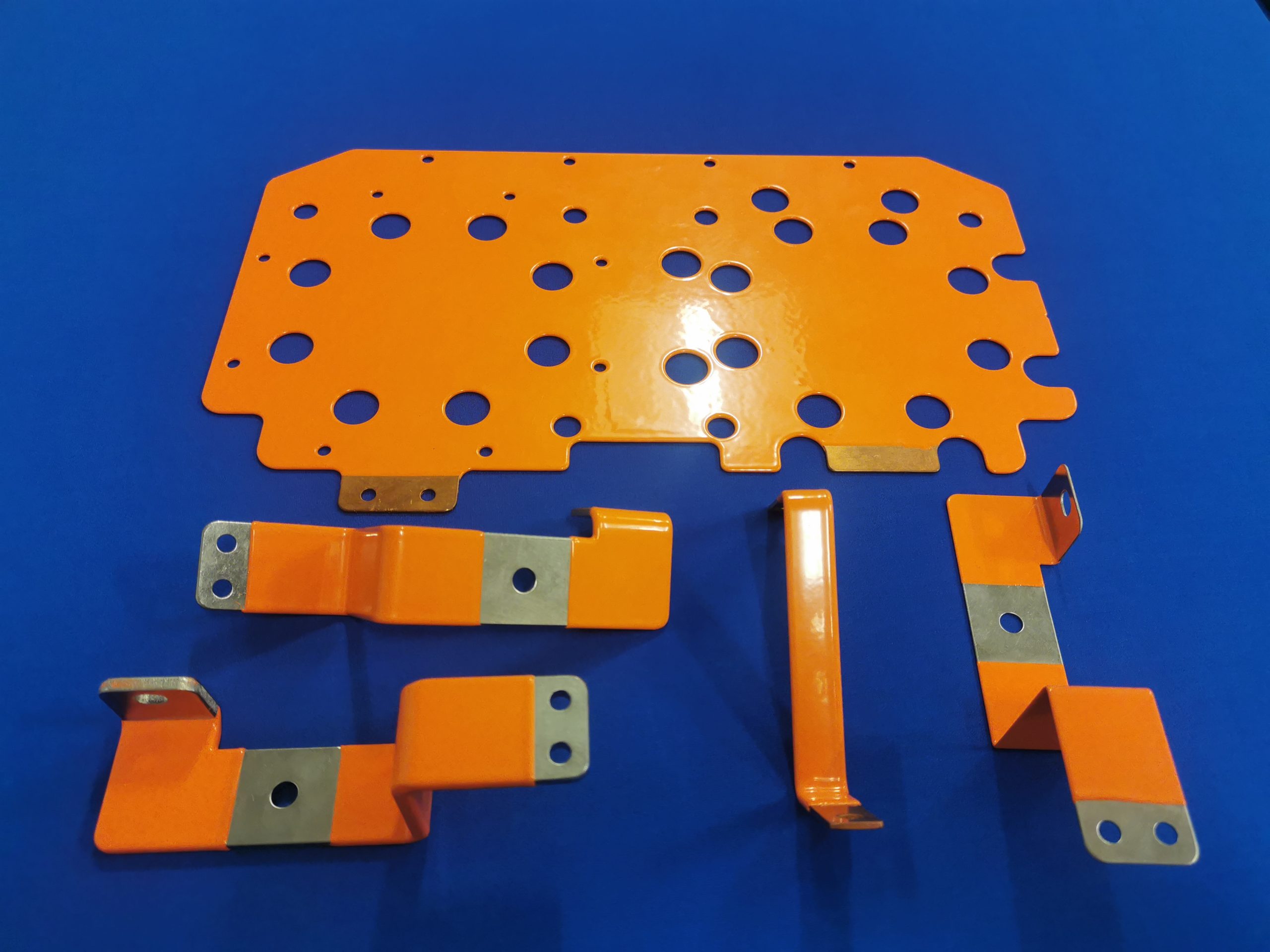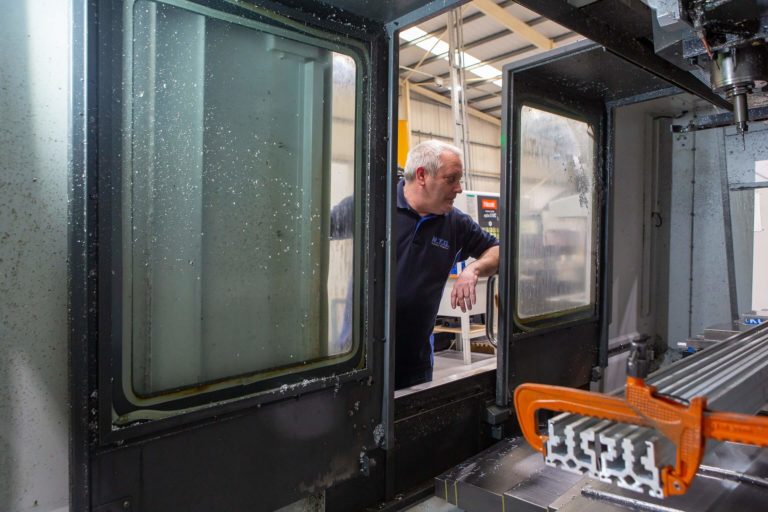WES Engineering Solutions, based in Redruth, has invested over £420,000 in a new Matsuura top of the range CNC milling machine as a consequence of new market growth. James Gazzard, group commercial director says: “We forecast 43% growth across the group for 2022/23 and this latest investment is in direct response to customer demand. The new Matsuura CNC H-Plus 300 enables us to double our lights-out running capabilities, halve our run times, and significantly enhance our commercial and production efficiencies. We’re also looking forward to expanding with at least a further three new apprentices this year.”
For further information www.wesltd.com






